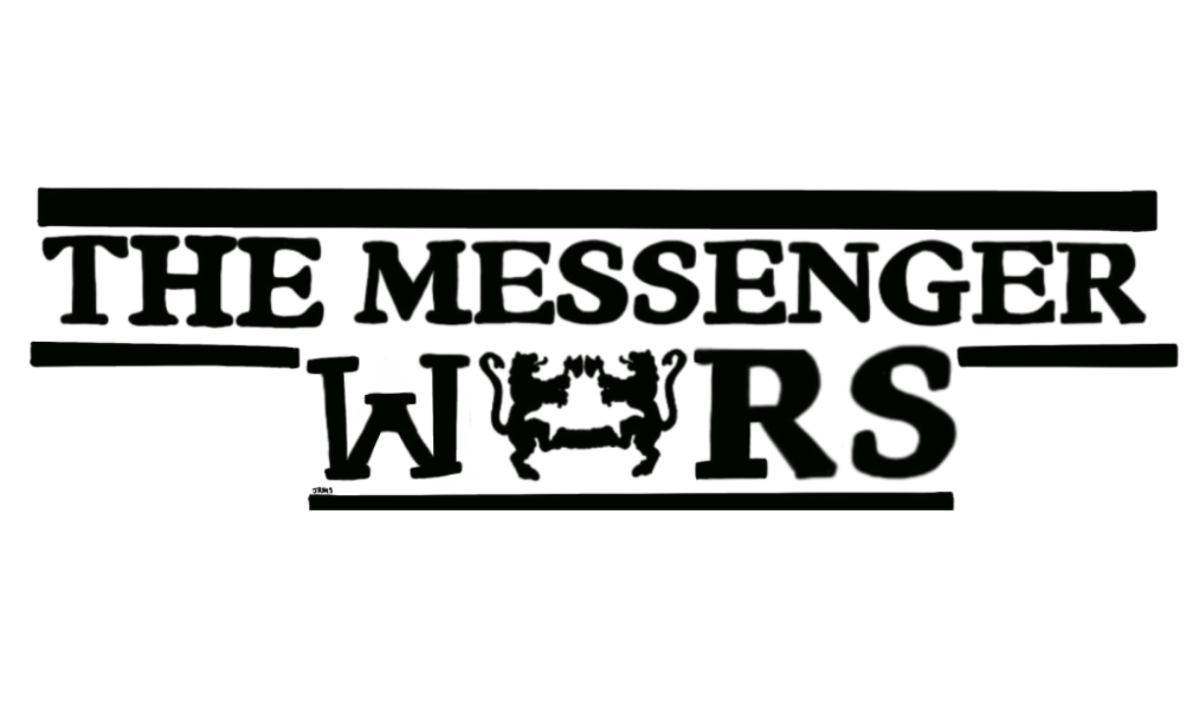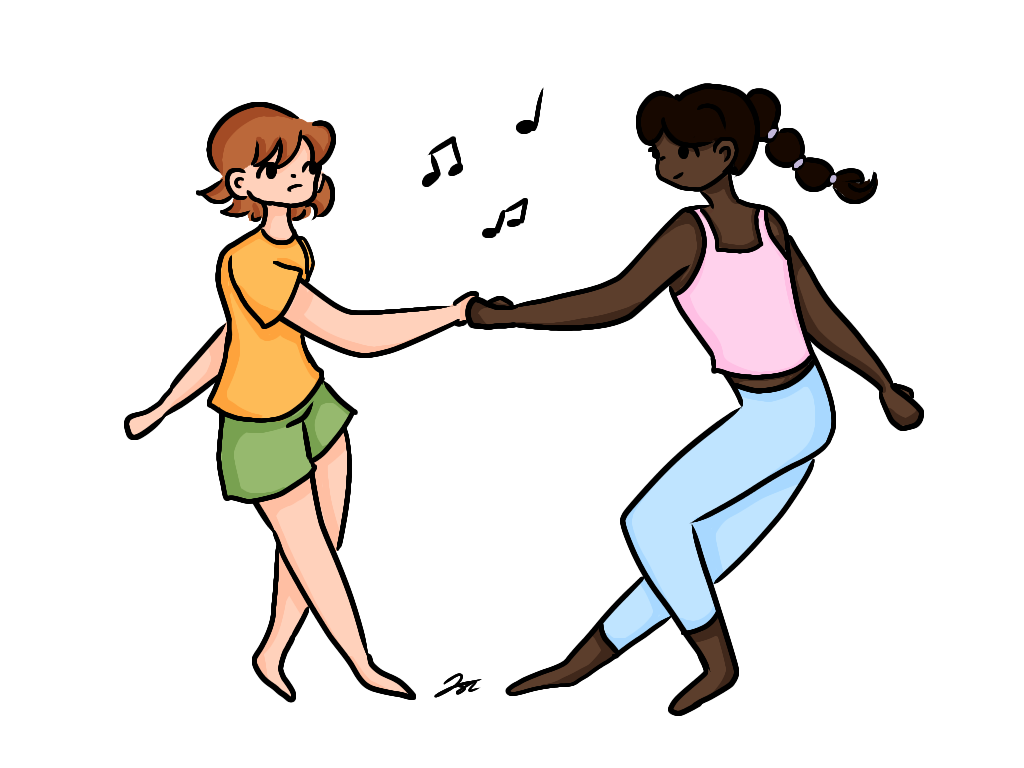Do you remember where you were on July 13, 2024, when you first found out about the assassination attempt on former Republican presidential nominee Donald Trump? I was in my pitch-black kitchen at around 10 p.m. Somehow, I had avoided social media and the news all day. When I opened my phone and saw a post about the assassination attempt on Donald Trump in Pennsylvania, I thought the poster was joking. There was no way that an assassination attempt on a president would happen in the few hours that I was busy. There was no way that an assassination attempt on a president would happen in my lifetime. But when I opened my browser and saw the headlines filling my phone from top to bottom, it finally hit me. I felt, as did everyone around me, that this was a turning point in the election season. The “fight, fight, fight!” slogan was born, and the photo of Trump, surrounded by Secret Service agents, circulated the internet for weeks. Just over two months later, on Sept. 15, a second attempt was made on the life of Donald Trump at his golf club.
On June 14, 2025, 11 months and one day after the first attempted assassination of Donald Trump, Minnesota House Speaker Emerita Melissa Hortman was assassinated in her home. I noticed significantly less media fanfare around her death than the two previous attempts on Trump’s life. It made sense at first — as tragic as her death was, she was a state representative, whereas Trump was a presidential candidate.
But then podcaster and conservative activist Charlie Kirk was assassinated on Sept. 10. He wasn’t an elected official, but the media coverage surrounding his death was almost as big as the attempted assassinations on Trump. As soon as it happened, I saw his followers and news outlets that shared his views speculate on the identity of the shooter, including claims about “pro-trans slogans” being found on the bullets, which was later discredited. When the primary suspect was revealed to be a white man, the media became sympathetic, before switching up again when it was revealed that his girlfriend was a trans woman.
Some might know that on the same day that Charlie Kirk was shot, a 16 year-old student at Evergreen High School — located in Evergreen, Colo. — shot and wounded two fellow classmates before turning the gun on himself. This event was reported on significantly less than Kirk’s death. As of my writing this article, the Evergreen High School incident was one of 161 instances of gun violence in schools this year, according to David Riedman’s K-12 School Shooting Database.
I would like to ask the reader, what victims of violence get media coverage? Is it Palestinian children, victims of genocide? Is it murdered brown and Black transgender women? Is it children killed in school shootings? Or is it wealthy politicians? What about the demographics of the people who commit the violence? Does the media truly highlight the amount of mass violence connected to alt-right and white supremacist beliefs? Or do media outlets light up wherever the perpetrator of a violent crime is a member of a minority group?
When you read about violence in the news please consider this, as you should with any topic — what are the writers trying to make you believe?



